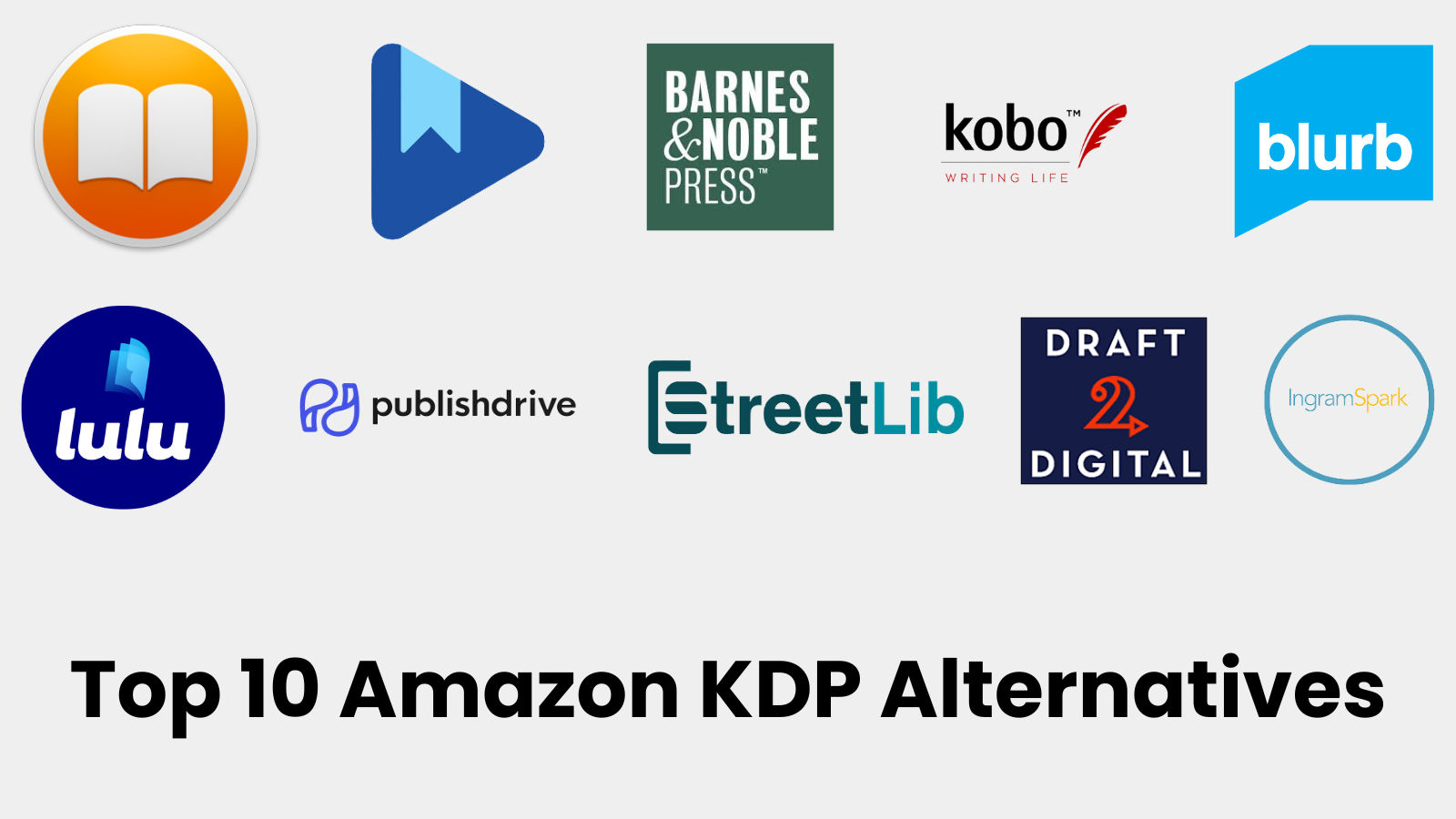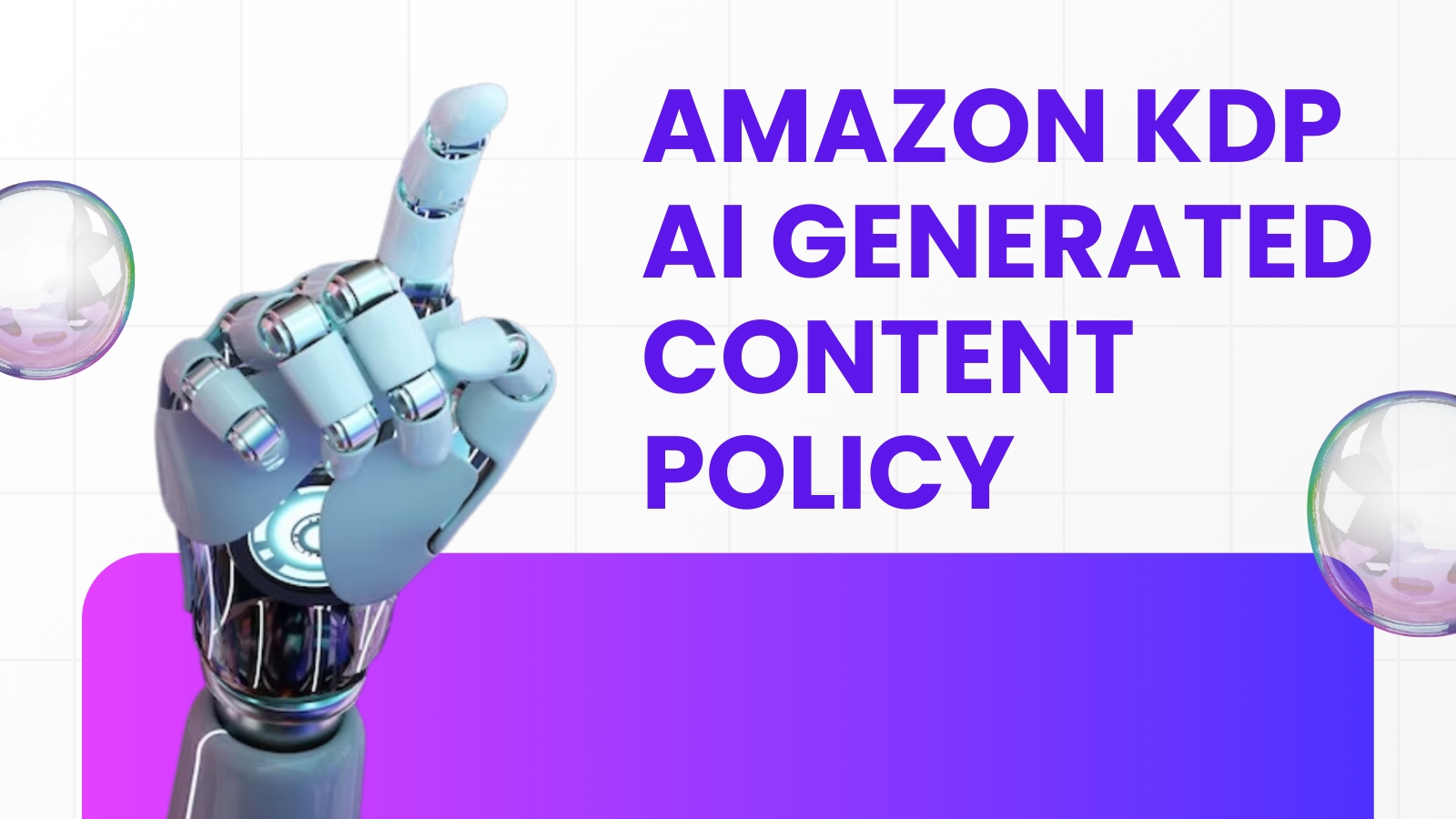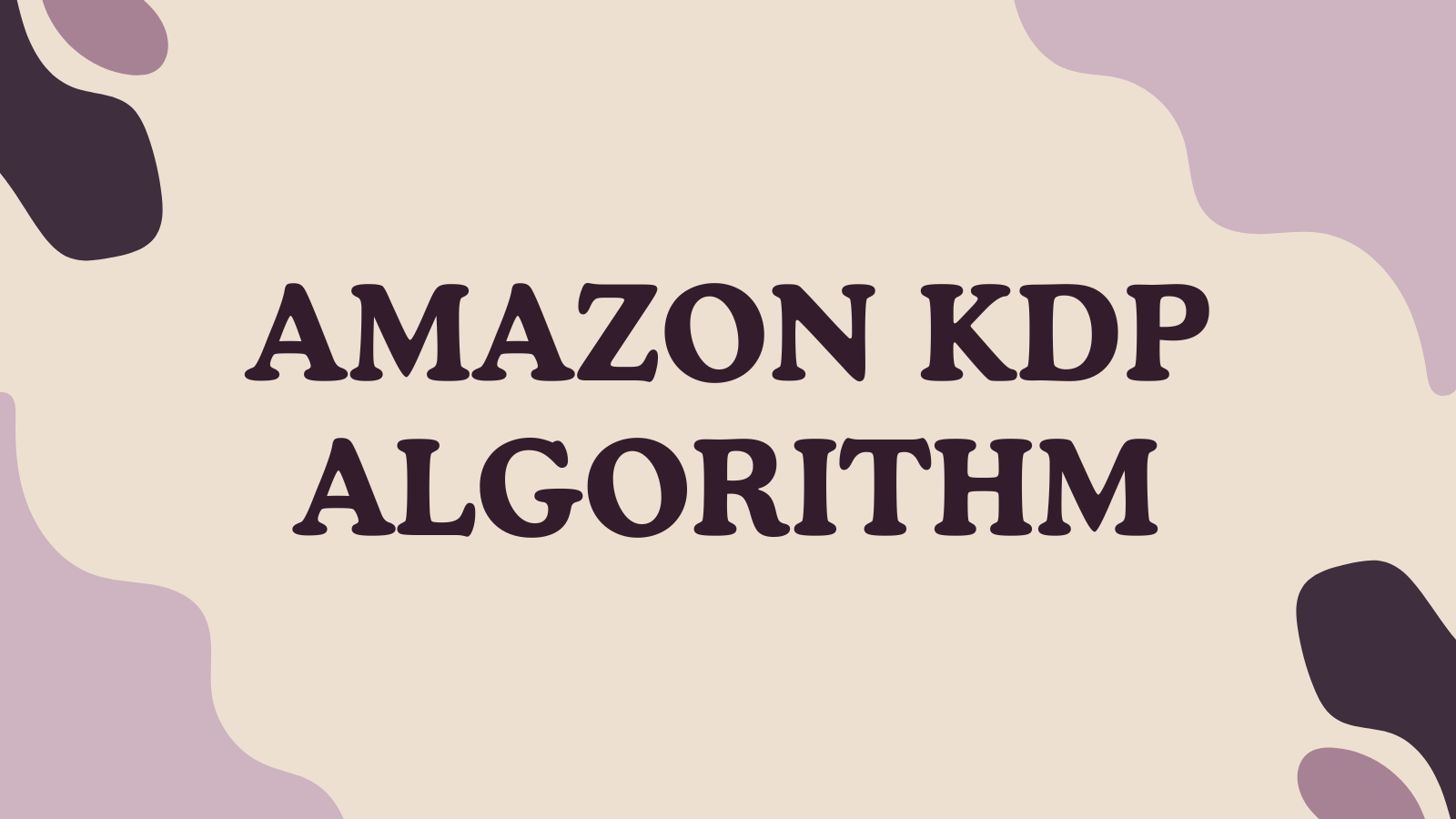You are looking for Amazon KDP alternatives for a new style of self-publishing. In this post, we’ll introduce you to the top 10 platforms with some special features and benefits for authors publishing their works online. From eBooks to print and audiobooks, we got your back.
Table of Contents
Top 10 Amazon KDP Alternatives
Of course, it can be not easy to find the correct platform for self-publishing. Though Amazon KDP is the most famous site, there are other alternatives to it. These sites can have special features or a different way of earning royalties and different channels in which your books get distributed.
Uploading your book to KDP can seem overwhelming. However, breaking it down into steps can make the process easier. Start by preparing your files, including your interior manuscript and cover file.
Uploading Your Manuscript
This channel is quite substantial as an alternative to Amazon KDP; mostly, it hosts e-books and audiobooks, making authors reach a broad readership.
Benefits of Apple Books for Authors
The first important benefit is the royalty structure. Apple pays 70% of the sales price, not confusing it with several pricing tiers as other platforms do. This no-frills approach is, in fact, rather refreshing for authors.
Distribution Reach
By using Apple Books for Authors, you are capable of distributing your e-book in over 51 various stores contained within the Apple ecosystem. Distribution to such a large market may really attract more eyeballs.
Pros and Cons
Pros:
- Easy for any author to get in
- New ad options now available
- Good royalty setup
- Good distribution system
Cons:
- Need to have several accounts
- Dashboard navigation is blurry
- Only e-books and audiobooks
Barnes & Noble Press is an interesting alternative when considering the options available outside of Amazon KDP. It offers both e-book and print; with the latter having some limitations in its distributive offering.
Royalty Structure
The royalty structure at Barnes & Noble Press for e-books is very nice—70% royalty rate. For print books, 55% royalties minus print fees give a good figure.
Print Quality and Options
One of the nice things about this site is its very nice print quality. I always found their print options to be very extensive and customized to suit different author needs.
Distribution Limitations
- Print distributed only in US
- E-book distribution limited to 12 regions
- Not available globally
While most authors bypass Google Play Books, it indeed has tremendous potential. It means an author gets enormous distribution of their e-books across more than 70 regions.
Royalty Structure
This platform pays out the same amount as Barnes & Noble: 70%. This puts self-publishing through Google Play in a competitive light.
Features
- A.I. Narration for Audiobooks
- Sample content control
- Over 70 countries
Kobo Writing Life is yet another platform through which an author can publish e-books and audiobooks with ease. It has a user-friendly experience coupled with an equally good distribution network.
Distribution Reach
Kobo does support books in 14 regions with 22 individual places to sell. Plus, direct distribution to OverDrive for inroad into libraries.
Royalty Structure
- 70% royalties for e-books
- 35% for audiobooks under $2.99
- 45% for audiobooks over $2.99
Pros and Cons
Kobo Writing Life is full of goodies, from its clean interface to the Kobo Plus program. Still, audiobook royalties could be better for more profitable royalty rates.
Blurb is an aggregate publisher in that it allows you to publish e-books and print books. It’s known for really nice print quality options, so if presentation is your thing, Blurb is a good option.
Print Quality and Options
It has a variety of trim sizes and print formats available to choose from, such as paperback and hardcover. The print quality appears to be very high—having ordered a proof myself.
Distribution and Royalty Structure
- The company distributes to major platforms.
- E-book: 100% net profit
- It doesn’t seem to specify what royalties are for print books.
Pros/Cons
Although Blurb ensures quality print, its prices are slightly higher compared to those of other platforms. Added to this is their lack of transparency regarding royalties on print books that may frustrate authors.
Lulu is one of the more well-known self-publishing platforms, offering amazingly wide selections of print options and e-books. They have some pretty cool features, like Lulu Direct, which can be combined with any e-commerce platform, including Shopify.
Print Options and Quality
The great thing about this website is that it hosts a very large set of different print formats. From classic books to spiral-bound notebooks, you will be able to create anything that will make your work pop.
Royalty Structure
Lulu charges a really attractive royalty structure of 80% of net profits. This means that once the platform takes its cut from it, you are given the majority share of earnings, making for very strong competition among authors.
Pros and Cons
Pros:
- I Expressive range of print options
- High-quality print services
- Ability to fill orders via Lulu Direct
- Quarterly payouts can be a pain
- Longer print fulfillment times
PublishDrive is another aggregate publisher, but they handle things a bit differently. They offer authors e-book, paperback and audiobook distribution to multiple platforms, which is pretty standard, but they also have an option for Chinese distribution, which is relatively rare.
Distribution Reach
Offering access to 30 distribution channels, PublishDrive reaches far and wide, making them a great option for authors trying to reach the most readers possible.
Royalty Structure
Authors can get 100% of net profits; however, there is also a monthly subscription fee alias. This model benefits established authors with a steady volume of sales. Therefore it is a good choice if you are able to pay for this service.
Pros and Cons
Pros:
- Excellent for established authors
- All in one dashboard for multiple platforms
- Access to special markets like China
Cons:
- Monthly subscription scaring new authors
- Distribution channels complex
StreetLib is a new player in the general self-publishing marketplace. It’s an aggregator publisher of e-books and, more recently, print options too—an extremely versatile choice for any author.
Distribution Reach
This platform has a sort of extensive distribution network. StreetLib gets the product to more than 50 online retailers, digital libraries, and subscription apps, thereby covering over 250 outlets in the world.
Royalty Structure
- 60% royalties on e-books
- 10% fee with StreetLib
- Additional costs for print sales
Pros and Cons
Pros:
- New and growing platform that updates often
- Extensive distribution list
Cons:
- Still rather new
- Few user reviews available
Draft2Digital has long been a favorite among self-publishers, especially after being acquired by Smashwords. This site distributes both e-books and paperbacks, making it even more valuable.
Distribution Reach
Draft2Digital distributes to over 17 different venues, including libraries. Print distribution is much more limited, primarily through Amazon and Ingram.
Royalty Structure
- 90% net profit of e-books
- 45% of paperbacks less print costs of same
- E-book royalties are excellent. Paperback rates aren’t as high.
Pros and Cons
Pros: Combined with Smashwords, Universal links for your books.
Cons: Will not help if banned by Amazon; Paperbacks receive a lesser rate of royalty payout from the company.
One of the best options in the self-publishing world is IngramSpark. There’s an excellent slate of options when it comes to distributing e-books and print books.
Reach of Distribution
IngramSpark distributes to over 40,000 retailers and libraries. But in return, you have to either choose all or no distribution at all.
Royalty Structure
- E-books: 40% net profit
- Print Books: 45% to 65%
- Plus variable print fees
Pros and Cons
Pros:
- Widest distribution network
- Access to major retailers
Cons:
- All or nothing distribution
- Complex royalty structure
Conclusion
Through an author’s career, one has to learn how to use different publishing platforms. Amazon KDP alternatives have a potentially huge move in increasing reach and profitability by tapping alternative market.
Test New Markets
Do not be afraid to try out different channels or platforms. Each has something special that may make the difference for your book in a very crowded marketplace.
Be Careful with Distribution
While this can massively extend your reach, be careful where you distribute. This will also ensure that your relationship with a site like Amazon remains positive—and won’t resort to duplicate distribution.
Final Thoughts
Opening up your options to more places other than one to publish your work can often bring about success for many authors. Check out these Amazon KDP alternatives and find the best fit for you.
Read more: How to Format Amazon KDP books



